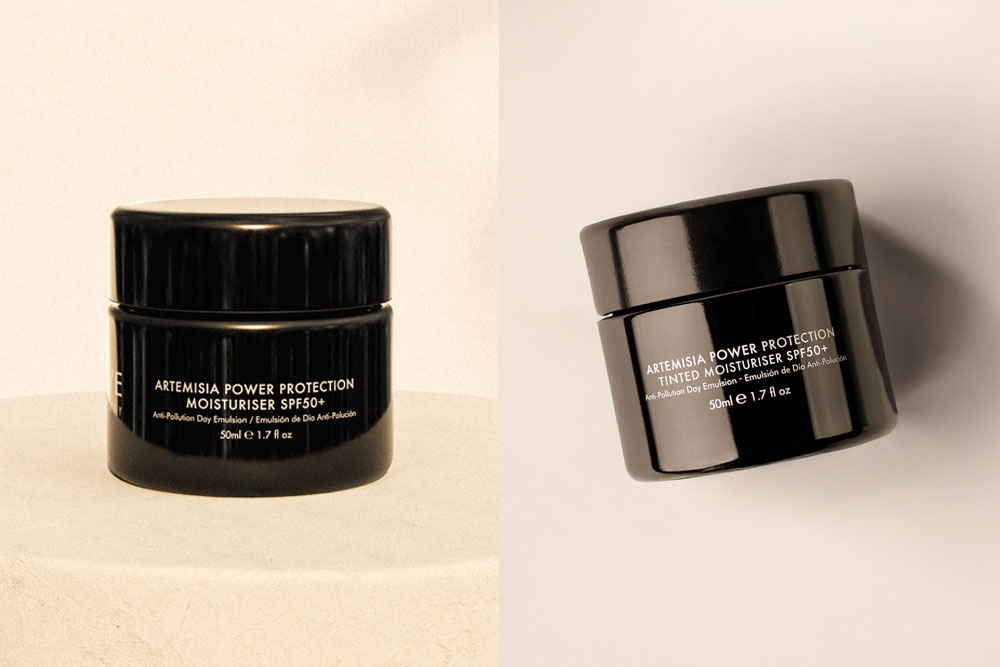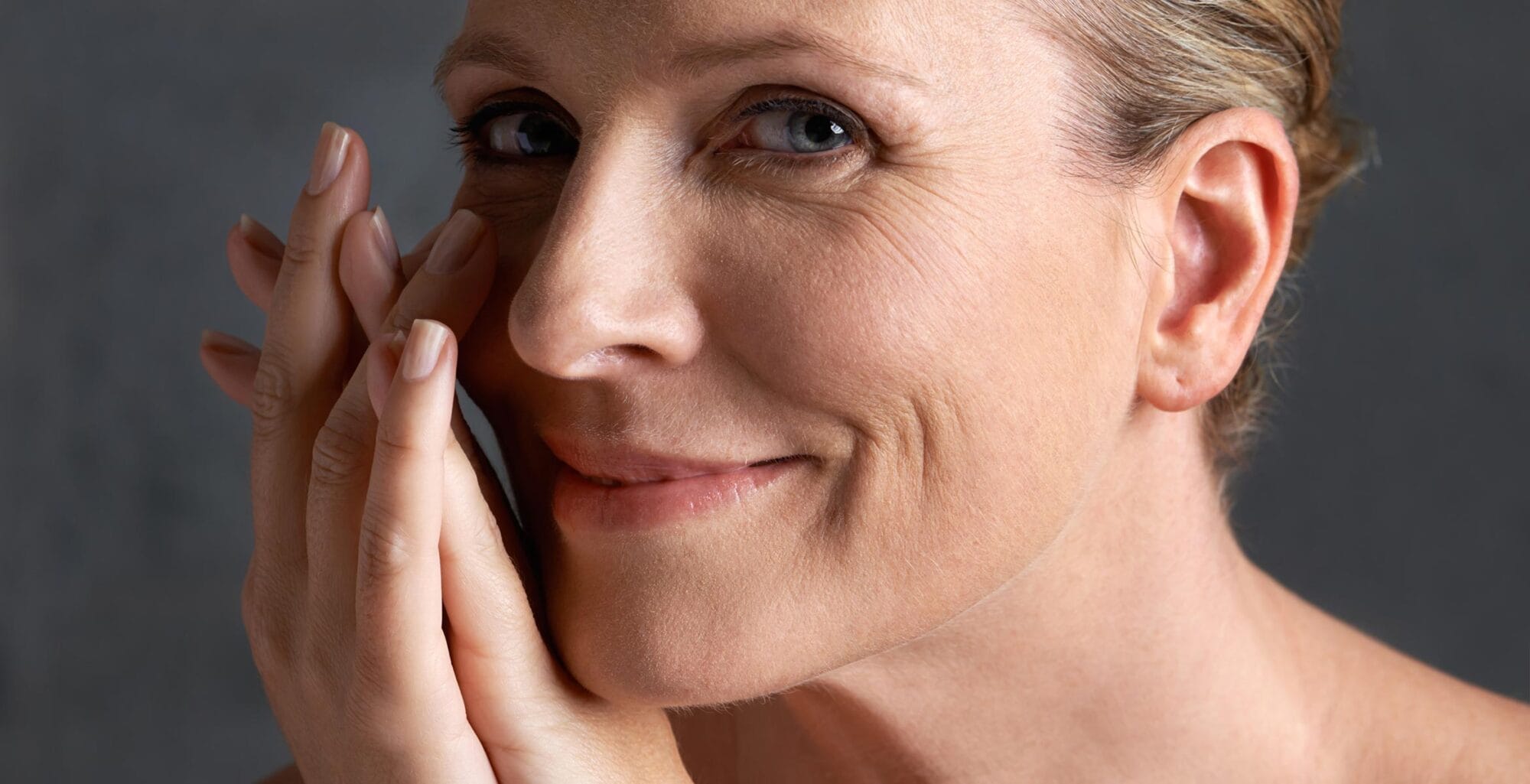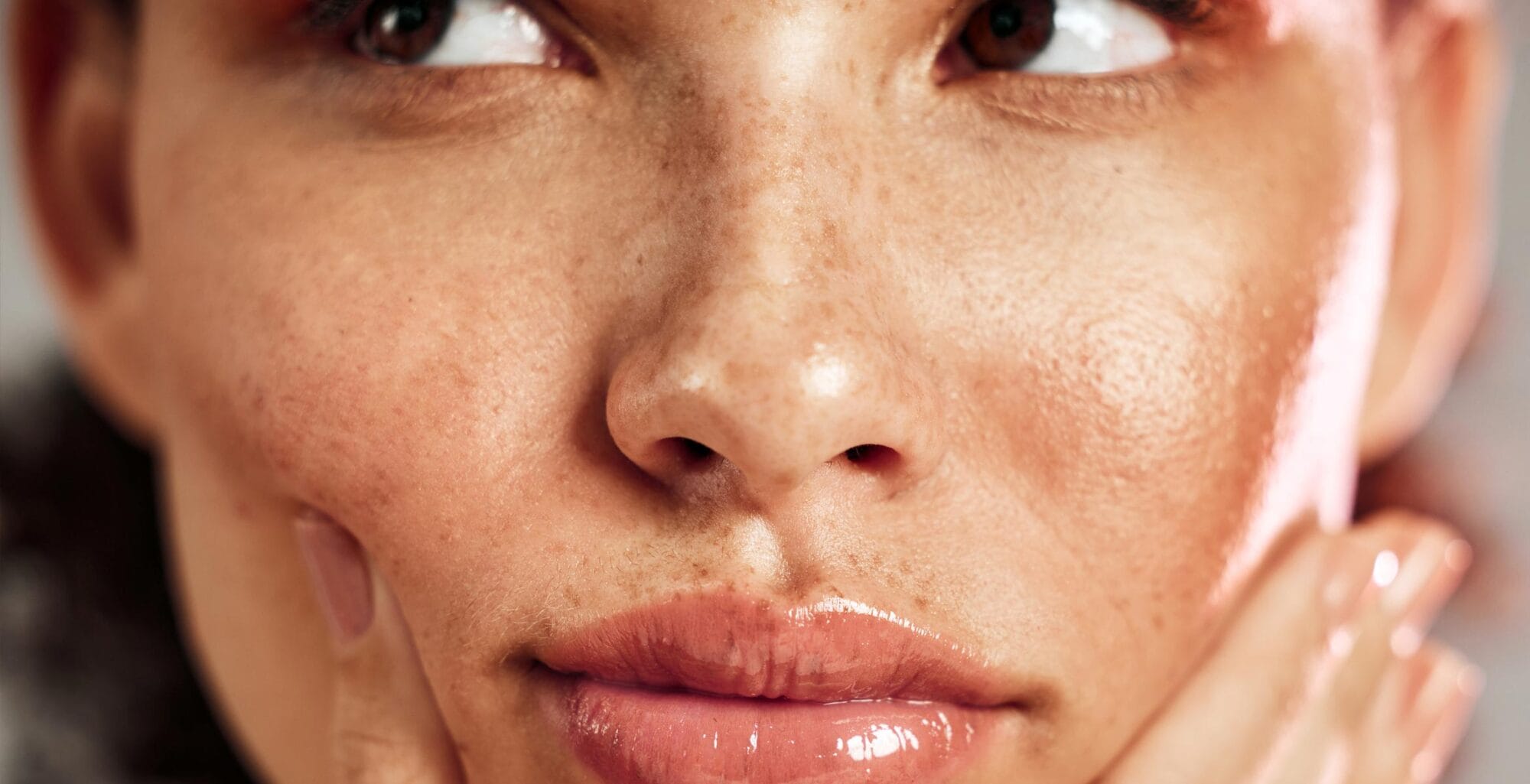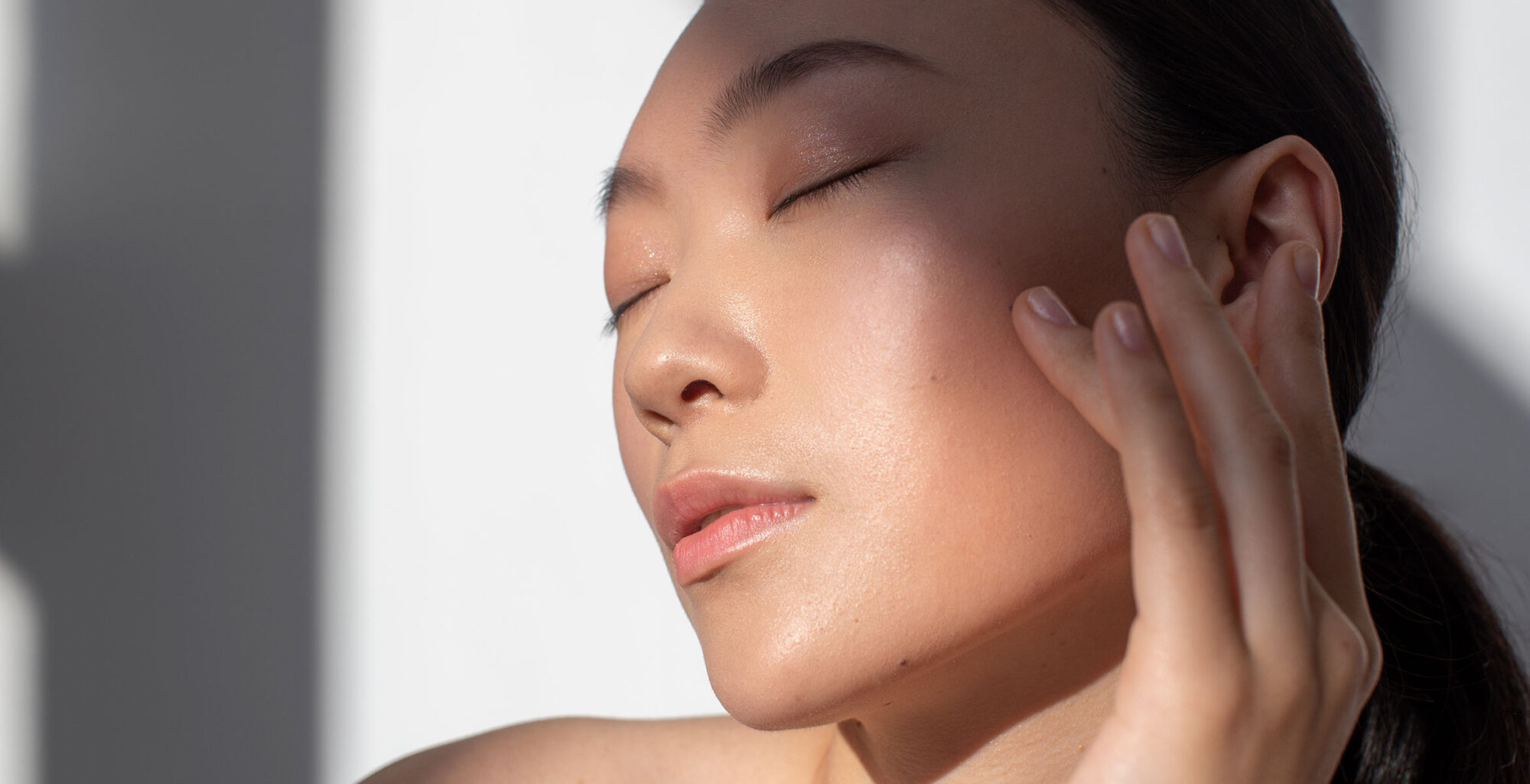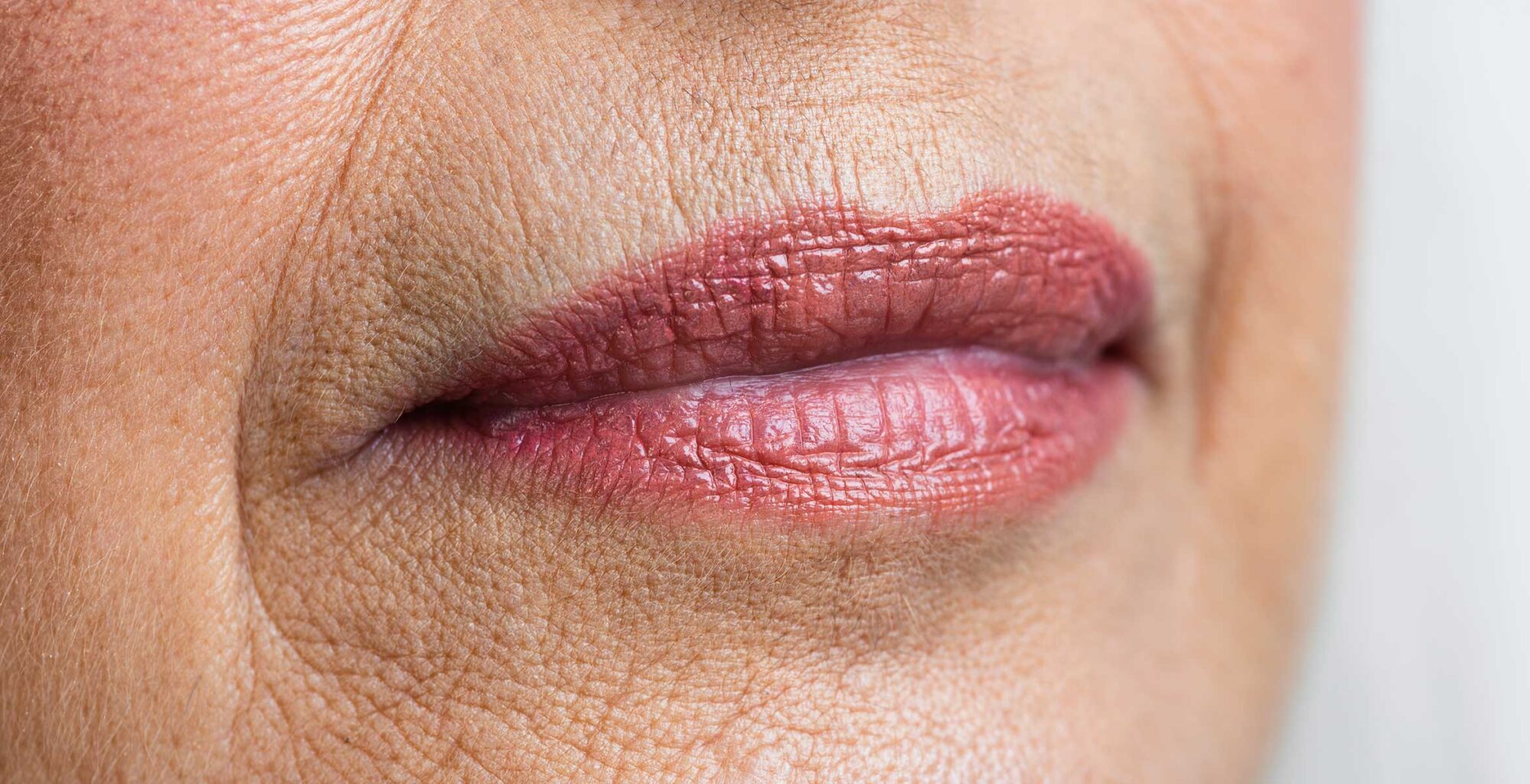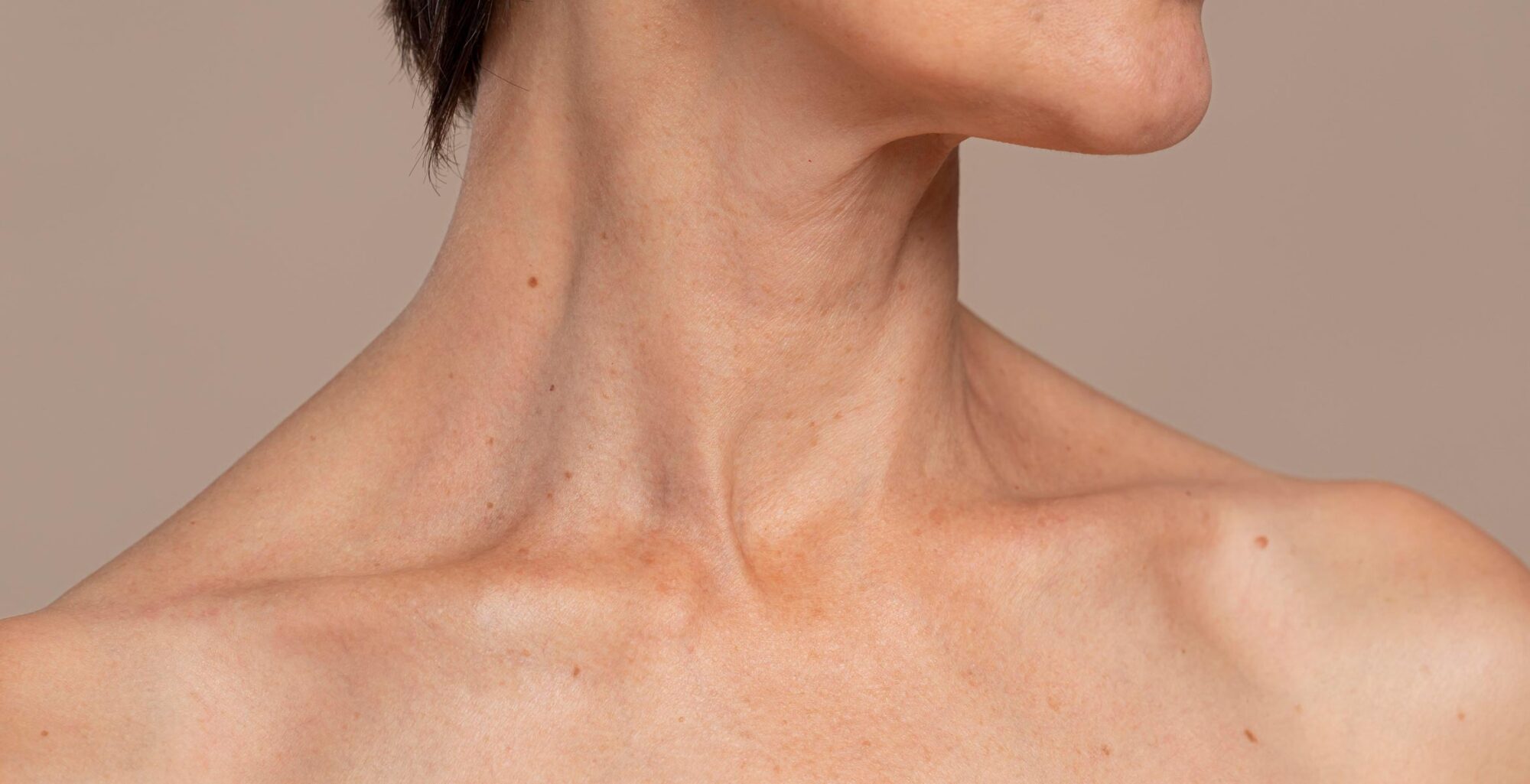Why You Shouldn’t Use Last Year’s Sunscreen

If there’s one skincare rule worth sticking to, it’s this: daily sunscreen is a truly powerful anti-ageing ally. More than any serum or moisturiser with popular ingredients. But as we begin another season of sun and outdoor living, a surprising number of people are still reaching for last year’s sunscreen – and that could be doing more harm than good.
A recent study – a SAFE survey across five countries and over 6,000 participants – revealed that 57% of people admit to using the same sunscreen year after year. That figure is more than just concerning – it’s a clear sign that many of us are overlooking the science behind SPF. Sunscreen, like all skincare, has a shelf life. And once that life is over, so is its promise of protection.
Here’s exactly why using last year’s sunscreen is a mistake – and what you need to know to keep your skin safe this summer.
Sunscreen Isn’t Timeless - And Neither Is Its Protection
At its core, sunscreen is a formulation of active UV filters, emulsifiers, emollients, preservatives and functional molecules. These ingredients work together to create a product that either absorbs or reflects ultraviolet radiation from the sun, shielding your skin from premature ageing, sunburn, pigmentation, and potentially skin cancer.
But like all chemical and cosmetic products, sunscreen is susceptible to degradation over time. Once opened, the countdown begins – exposure to oxygen, light, heat, and even your fingertips can slowly but surely impact its efficacy.
So, when you reach for last year’s sunscreen, even if it looks and smells fine, you’re applying something whose protective power can no longer be trusted.

Degradation of Ingredients: A Quiet Breakdown
One of the most important reasons to avoid last year’s sunscreen is the degradation of its active ingredients, especially the UV filters.
What many people don’t realise is that formulating an effective, stable sunscreen is incredibly complex. UV filters – whether chemical or mineral – are notoriously difficult to work with. They’re not just added into a formula like a fragrance or a botanical extract; they fundamentally alter the structure and behaviour of the product. Once introduced, they often make the formula more prone to instability, separation, or degradation over time.
Chemical Filters
Chemical filters like avobenzone, octinoxate, and oxybenzone absorb UV rays and convert them into heat. But these filters can be highly unstable. For example, avobenzone begins to degrade upon sun exposure unless carefully stabilised with supporting ingredients like octocrylene. When stored in a warm environment, like a beach bag or sunny windowsill, and used repeatedly throughout a season, these delicate filters can break down significantly, leaving the product far less effective than the label suggests.
Mineral Filters
Mineral filters like zinc oxide and titanium dioxide are generally more photostable, but they come with their own challenges. These are not simple ingredients – they’re high concentrations of powder that must be evenly and finely dispersed throughout an emulsion. This is no easy task, and it requires both sophisticated formulation techniques and specialised coatings to ensure long-term stability. If these minerals are not adequately coated or the formulation is destabilised over time, they can trigger photocatalytic reactions when exposed to sunlight. These reactions create free radicals that degrade the oils, emulsifiers, and antioxidants in the formula, further compromising the product’s integrity.
In short, sunscreen is one of the most technically demanding skincare products to formulate, and one of the most vulnerable to time, heat, and exposure.
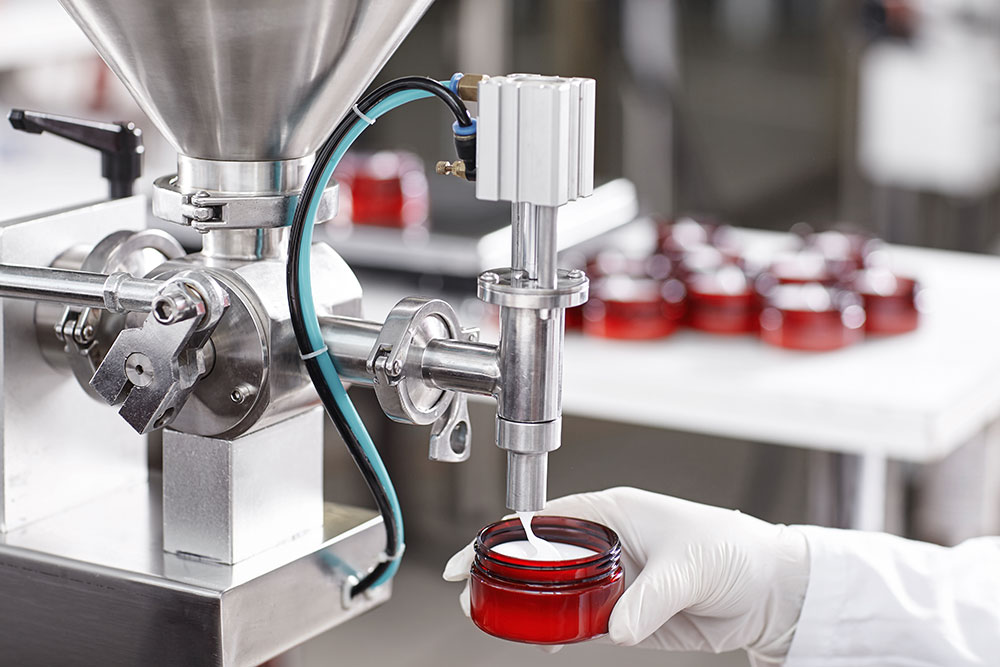
The Expiration Date Exists for a Reason
Every sunscreen product sold in the EU must adhere to stringent cosmetic regulations, including either an expiry date or a PAO (Period After Opening) label. This little symbol – a number followed by “M”, such as 6M or 12M – tells you how many months the product remains safe and effective after it’s been opened. For example, if your SPF50+ moisturiser says 12M and you opened it last April, it’s now officially expired. That means the manufacturer can no longer guarantee its effectiveness, and using it could leave your skin dangerously exposed. Keep in mind: the PAO countdown starts the moment you open the product, and it assumes ideal storage conditions. High temperatures – like those in a beach bag, glove compartment, or even your bathroom in summer – can accelerate degradation and shorten that timeframe considerably.
If the sunscreen is still sealed, look for a stamped expiry or “best before” date. Either way, the clock is ticking.
Improper Storage Speeds Up Degradation
Even if the date on the bottle says your sunscreen is still within its shelf life, how it has been stored plays a huge role in its actual stability.
Leaving sunscreen in a hot car glovebox, tossing it into a sun-soaked beach bag, or storing it in a humid bathroom all contribute to heat- and light-induced instability. High temperatures can cause emulsions to separate, oils to go rancid, and UV filters to degrade far more rapidly.
This is especially true for natural or mineral formulations, but it also applies to every SPF product. Once your sunscreen has been subjected to fluctuating temperatures or poor sealing, it’s no longer something to trust – even if it’s from a “good brand.”
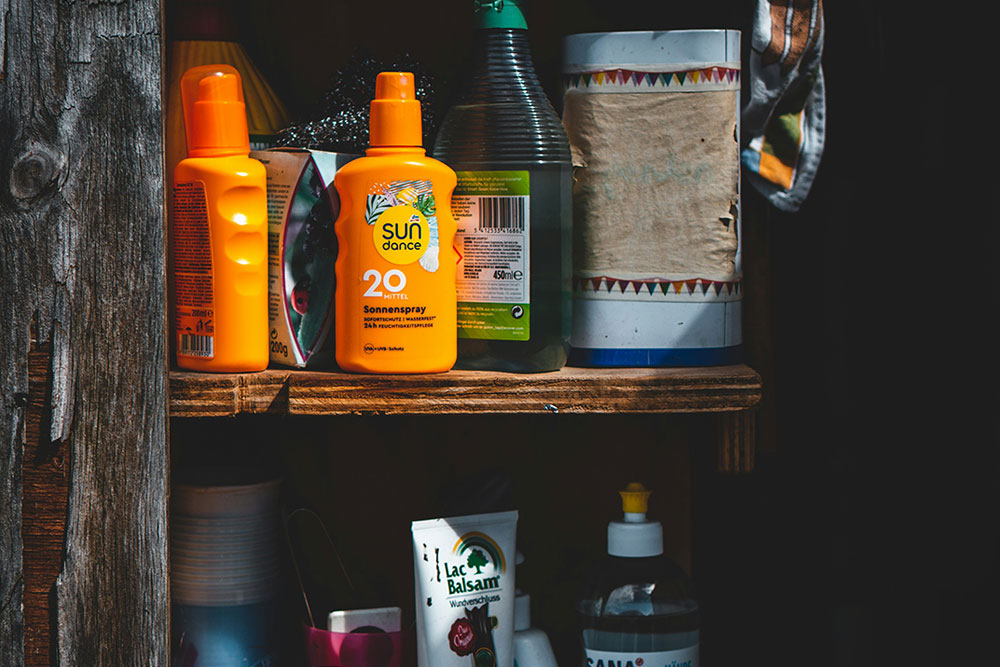
Expired Sunscreen = Unpredictable Protection
There’s a dangerous myth that if a sunscreen hasn’t changed colour or smell, it must still be effective. But that’s far from the truth. Unlike spoiled food, expired SPF doesn’t always offer visible signs of spoilage.
The real danger? You have no idea how much protection you’re getting. What was once SPF50 could now be SPF20. Or worse. This creates a false sense of security and can increase your risk of sunburn, DNA damage, pigmentation, fine lines, and long-term skin deterioration.
In short, applying last year’s sunscreen might feel responsible, but it could be leaving you completely exposed.
The Hidden Risk: Irritation and Allergic Reactions
As sunscreen ingredients break down, especially under the influence of UV light, heat, and oxygen, their chemical composition changes. This can lead to unexpected reactions on the skin, even if the formula once suited you perfectly.
Expired or improperly stored sunscreen may become contaminated, unstable, or even irritating, particularly for sensitive or reactive skin types. Fragrance components can oxidise. Oils can turn rancid. Preservatives may fail. The result? Redness, stinging, rashes – all from a product meant to protect you.
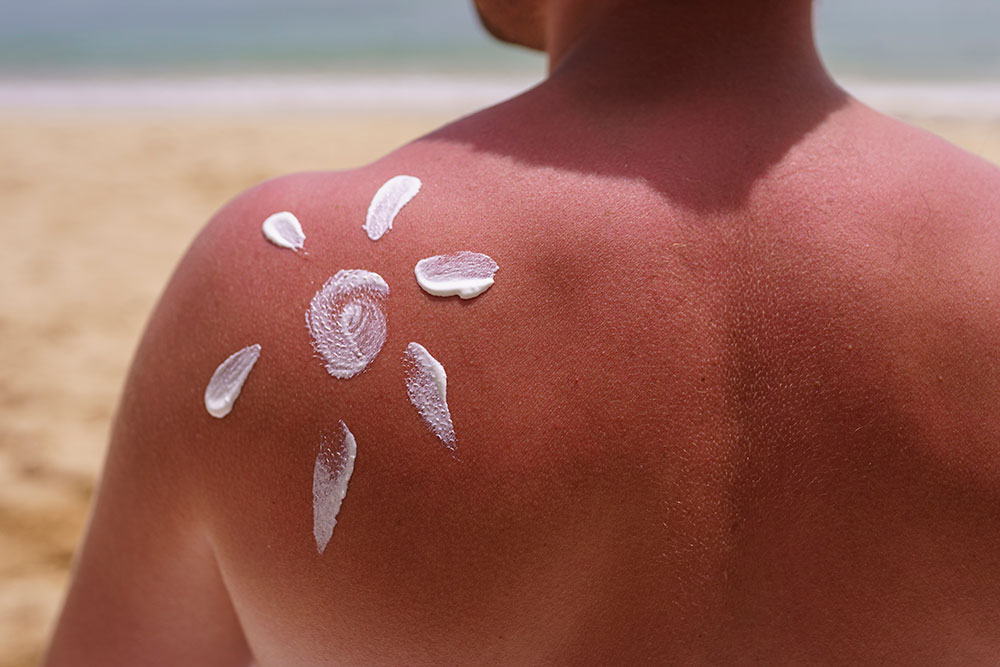
Chemical vs Mineral: Which Degrades More?
It’s a common myth that mineral sunscreens don’t expire. While chemical filters are more prone to photodegradation, especially without proper stabilisers, mineral sunscreens also face their own stability challenges.
Mineral filters, such as zinc oxide and titanium dioxide, are generally more resilient, but maintaining an even and consistent dispersion of mineral particles, especially at the higher concentrations needed for higher SPF, can be difficult. When exposed to sunlight, these particles can still undergo photocatalytic reactions, which can degrade other ingredients in the formula if not adequately stabilised.
Although emulsifiers and antioxidants help mitigate this, it’s important to remember that no formulation is designed to last indefinitely, particularly not from one year to the next.
What About Hybrid Sunscreens?
Hybrid sunscreens, which combine both chemical and mineral filters, introduce another layer of complexity. Some research suggests that zinc oxide may interact with and degrade certain chemical UV filters, making stability even more difficult to maintain across seasons.
That’s why many cosmetic formulators recommend using separate filters, or carefully crafted formulas with advanced emulsifiers and emollients – but even then, freshness is key.
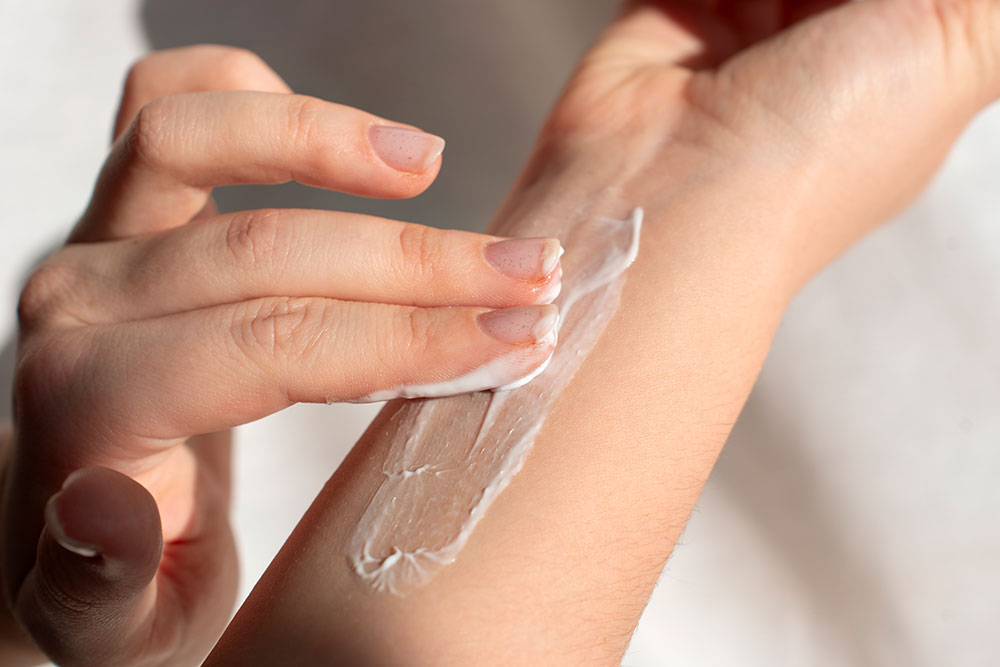
How to Tell If Your Sunscreen Has Expired
Not sure whether to keep or toss last year’s sunscreen? Here are a few signs it’s time to say goodbye:
- The product has separated, become watery, or grainy.
- It has a rancid or sour smell.
- The colour has changed from what you remember.
- It has passed the stated expiry date or PAO.
- It has been stored in high heat or direct sunlight.
- You experience irritation or burning when using it.
If in doubt, throw it out. Your skin deserves better than guesswork.
How to Store Your Sunscreen to Maximise Longevity
To get the most out of your SPF during the season:
- Store in a cool, dry place – avoid heat and humidity.
- Keep it sealed – tightly closed to prevent air and moisture exposure.
- Protect it outdoors – wrap in a towel or store in a cooler bag at the beach or pool.
- Check the date – and write your own purchase date if needed.
- Use it liberally – reapplying every two hours ensures better protection and means you’ll finish the bottle before it degrades.
The best way to avoid needing last year’s sunscreen? Use it consistently and generously. And if you happen to have some leftover at the end of your holiday or season, don’t just hold onto it — share it with the person next to you at the beach or pool. After all, everyone deserves proper protection, and it’s a great way to make sure your sunscreen is used up before it loses its efficacy.
Don’t Cut Corners with Your Skin
At Twelve Beauty, we believe skincare should be effective, honest and safe. That’s why we formulate our Artemisia Power Protection Moisturiser SPF50+ and its Tinted counterpart with non-coated, non-nano mineral filters that are safer for sensitive skin and the environment.
But even the best formulations need to be used within their effective lifespan. No sunscreen – not even ours – is immune to time, heat, and exposure.
The Takeaway
Sunscreen isn’t a product to hoard. It’s one to use up. The sun doesn’t take a day off – and neither should your SPF. But to keep your skin safe, glowing, and healthy, you need to be working with a fresh, stable formula. Last year’s sunscreen might still be sitting in your cupboard, but what it promises on the label no longer applies.
If you’re serious about protecting your skin from ageing, sunburn, or long-term damage, start each season with a new bottle. Choose high-quality mineral filters. Store them wisely. And above all, use them daily.
Your skin will thank you for it – this year and every year that follows.
